Iceland is like nature’s photography studio, but the best shots aren’t sitting right next to the parking lot. The country’s most jaw-dropping landscapes often require you to lace up your boots and earn your view.
Think of it as Instagram meets adventure — except these places existed long before social media made them famous. Sure, you could stick to the Ring Road and snap photos through your car window, but that’s like going to a five-star restaurant and ordering the bread basket.
The real magic happens when you’re willing to walk a bit further than most tourists bother to go. Here is a list of 15 Iceland photo spots that reward hikers with some of the most stunning views on the planet.
Glymur waterfall
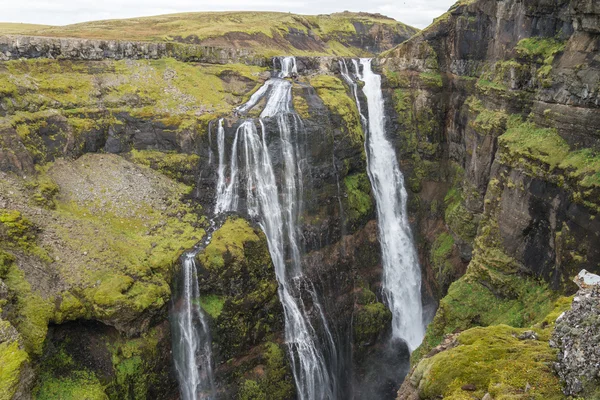
Standing at 650 feet tall, Glymur held the title of Iceland’s tallest waterfall until a glacier revealed an even taller one in 2011. The 4.4-mile round-trip hike takes you across a log bridge over a river, up steep rocky terrain, and eventually to multiple viewpoints of this thundering cascade.
The trail gets your heart pumping, especially the river crossing where you’ll need to balance carefully on a fallen log. Your camera will thank you for the workout once you capture Glymur plunging down the cliff face into the Botnsdalur valley.
Stakkholtsgjá canyon
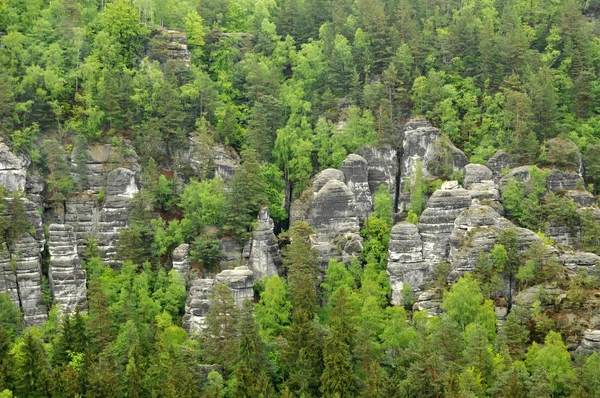
This hidden slot canyon feels like Iceland’s answer to Antelope Canyon, minus the crowds and entry fees. The 2-mile hike to reach Stakkholtsgjá follows a fairly flat path along a river valley, making it accessible for most fitness levels.
Once you reach the narrow canyon entrance, you’ll squeeze between towering basalt walls that create incredible light patterns throughout the day. The contrast between the dark volcanic rock and any patches of green moss creates photos that look almost otherworldly.
Like Travel Pug’s content? Follow us on MSN.
Háifoss waterfall
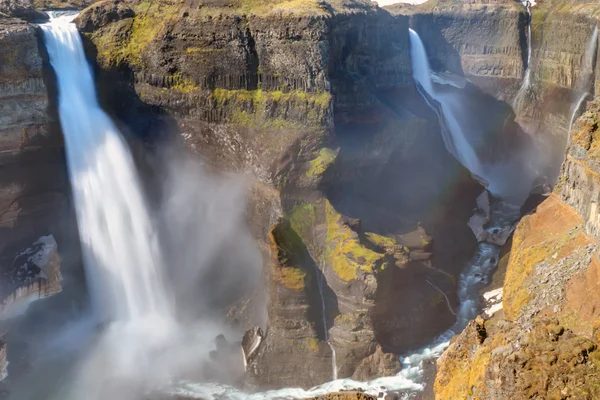
While everyone flocks to the famous waterfalls along the south coast, Háifoss offers equally spectacular views with a fraction of the tourist buses. The 400-foot waterfall requires a 45-minute hike each way, but the path is relatively gentle and follows a well-marked trail.
What makes this spot special is the dramatic gorge setting and the smaller waterfall called Granni that sits right next to it. You can get close enough to feel the mist on your face while capturing both falls in a single frame.
Kerlingarfjöll mountains
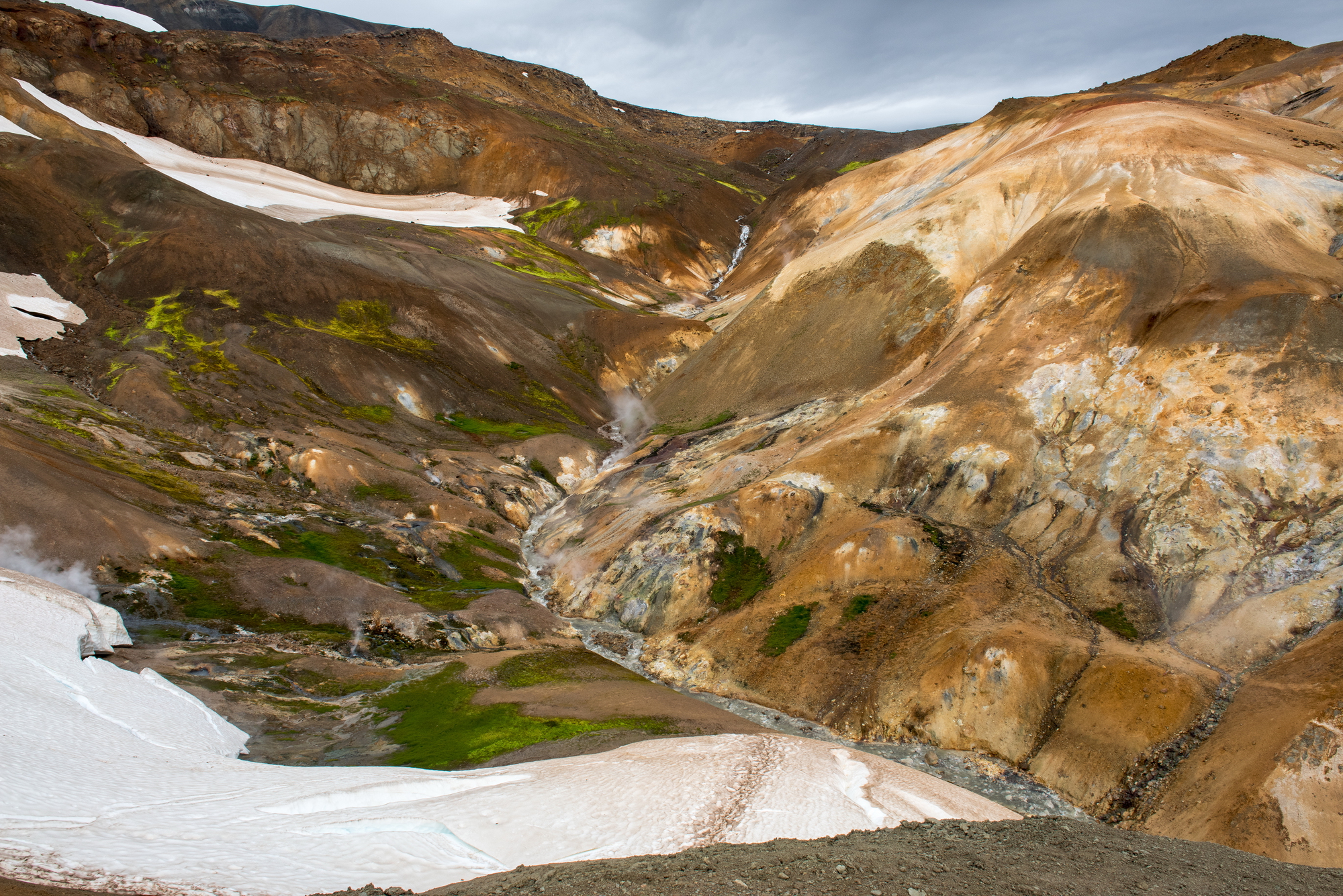
These colorful rhyolite mountains look like someone spilled paint across the highland landscape. Getting here requires a 4WD vehicle and then a moderate 3-mile hike, but the payoff is enormous.
The geothermal activity in the area creates steam vents, hot springs, and mineral deposits that paint the rocks in shades of red, yellow, and green. It’s like hiking through a giant artist’s palette, and every angle offers a different composition of colors and textures.
Mulagljufur canyon
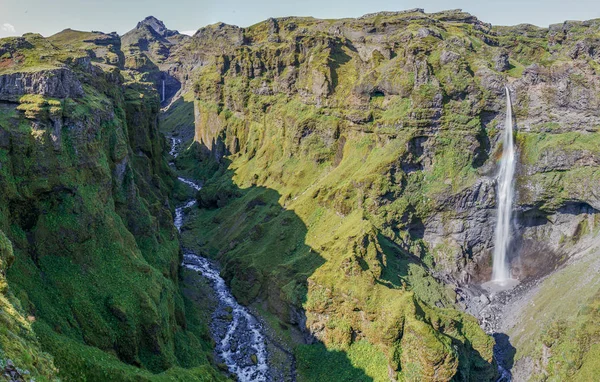
This lesser-known canyon near Mýrdalsjökull glacier feels like a secret that most tourists haven’t discovered yet. The 3-mile hike follows an old farm track before descending into a dramatic river canyon with multiple waterfalls.
The highlight is a viewpoint where you can see several cascades tumbling down moss-covered cliffs simultaneously. The green moss against the dark basalt creates incredibly rich colors that practically glow in your photos.
Like Travel Pug’s content? Follow us on MSN.
Aldeyjarfoss waterfall
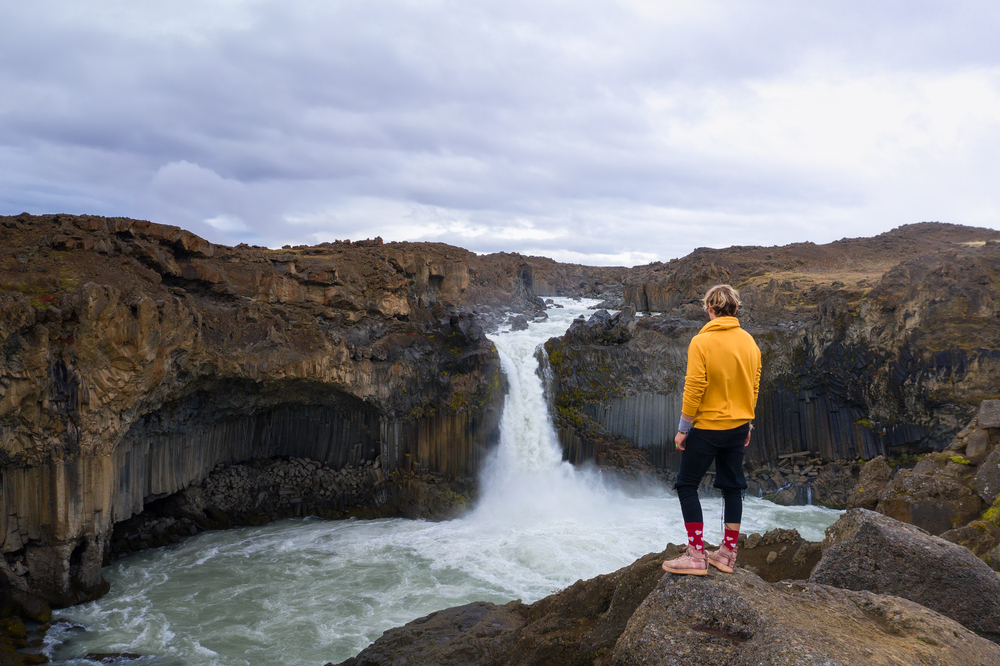
Located in the remote highlands, Aldeyjarfoss is surrounded by distinctive hexagonal basalt columns that look like nature’s own architecture project. The 2-mile hike from the parking area follows a river path with gradually increasing views of the approaching waterfall.
What sets this location apart is how the geometric basalt formations frame the white water perfectly. The contrast between the rigid geometric shapes of the rock columns and the flowing organic forms of the waterfall creates compositions that feel both natural and impossibly designed.
Hengifoss waterfall

At 420 feet tall, Hengifoss is Iceland’s third-highest waterfall and features distinctive red clay stripes in the surrounding cliffs. The 1.5-mile hike up a well-maintained path takes about 45 minutes and passes a smaller waterfall called Litlanesfoss along the way.
The red sediment layers in the cliff face tell the story of ancient volcanic activity, creating horizontal stripes that add incredible visual interest to your photos. The layered rock formations combined with the tall waterfall create a sense of scale that really shows the power of geological time.
Svartifoss waterfall
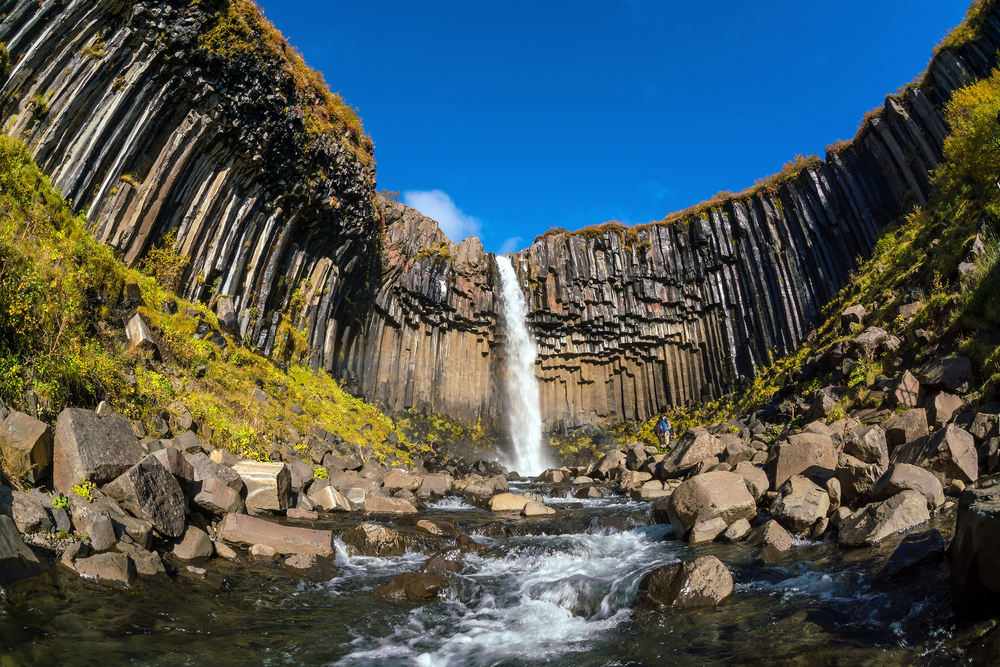
Famous for inspiring the design of Reykjavik’s Hallgrímskirkja church, Svartifoss is surrounded by dark basalt columns that create a natural amphitheater. The 2-mile round-trip hike through Skaftafell National Park is fairly easy and well-marked.
The black basalt columns hanging above the waterfall like organ pipes create a dramatic backdrop that’s unlike any other waterfall setting in Iceland. The geometric precision of the rock formations, combined with the white water creates photos with incredible contrast and visual impact.
Like Travel Pug’s content? Follow us on MSN.
Dettifoss from the east side
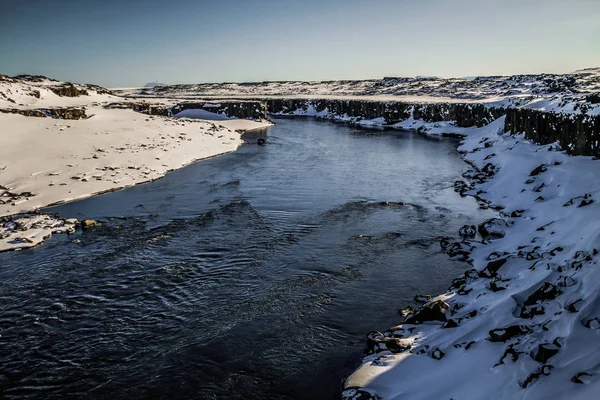
While most tourists view Dettifoss from the more accessible west side, the east side approach requires more hiking but offers dramatically different perspectives. The 1-mile hike from the parking area takes you along the canyon rim with multiple viewpoints of Europe’s most powerful waterfall.
From this side, you can capture the full width and fury of the falls without other tourists in your frame. The spray creates rainbows on sunny days, and the sheer volume of water creates a mist that you can see from miles away.
Selfoss waterfall
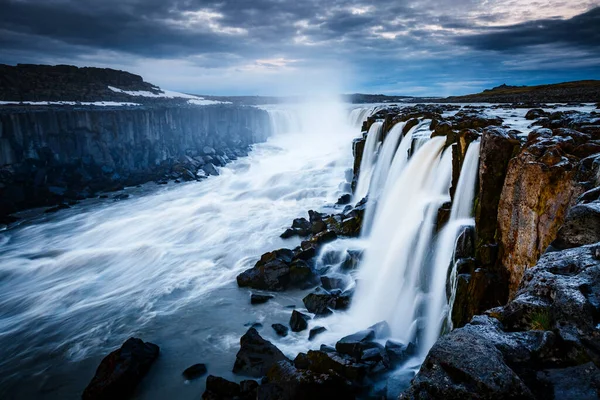
Located just upstream from Dettifoss, Selfoss gets overlooked by most visitors who stop at its more famous neighbor. The additional 0.5-mile hike from Dettifoss takes you to a horseshoe-shaped waterfall that’s wider but gentler than its downstream counterpart.
The curved shape of Selfoss creates interesting leading lines in photos, and you can often capture both waterfalls in the same frame from certain angles. The contrast between the two falls — one powerful and narrow, the other wide and graceful — tells a story about how water shapes the landscape differently just a few hundred yards apart.
Bruarfoss waterfall
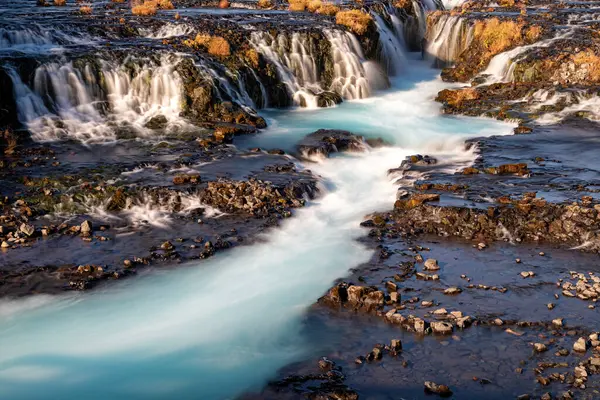
This bright blue waterfall earned the nickname ‘Bridge Falls’ and requires some detective work to find the best viewpoints. The 2-mile hike follows farm tracks and requires crossing private land, so respect for the area is essential.
What makes Bruarfoss special is the incredibly vivid blue color of the water, which comes from glacial minerals and the depth of the pools. The blue is so intense it almost looks artificial in photos, creating images that stop people in their tracks on social media.
Like Travel Pug’s content? Follow us on MSN.
Fagradalsfjall volcano area
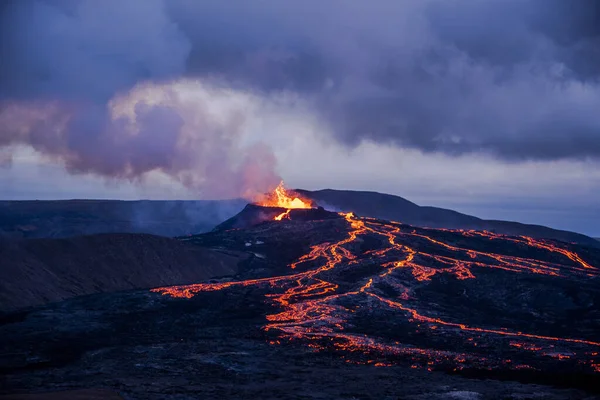
While the 2021 eruption has ended, the hiking area around Fagradalsfjall still offers incredible photos of fresh lava fields and volcanic landscapes. The 4-mile round-trip hike crosses relatively flat terrain but can be challenging due to loose volcanic rock underfoot.
The landscape here looks like another planet, with black lava formations, colorful mineral deposits, and steam still rising from some areas. You can capture the raw power of recent geological activity and the way life slowly begins to return to volcanic landscapes.
Landmannalaugar rhyolite mountains

These rainbow-colored mountains require a highland vehicle to reach, but once there, countless hiking trails offer photography opportunities at every turn. The most popular day hike is a 4-mile loop that takes you through lava fields, hot springs, and across colorful mountainsides.
The rhyolite rock creates landscapes painted in yellows, reds, greens, and purples that shift throughout the day as lighting changes. It’s like hiking through a geological museum where every rock tells a different story about volcanic activity.
Hornstrandir cliffs
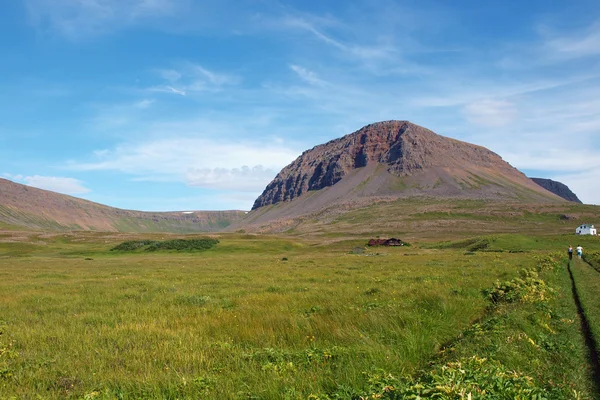
Located in the remote Westfjords, these dramatic sea cliffs require a boat trip and then serious hiking to reach. The payoff is some of Iceland’s most pristine wilderness and nesting sites for thousands of seabirds.
The cliffs rise directly from the ocean to heights over 1,600 feet, creating vertigo-inducing compositions. You can capture Arctic foxes, puffins, and other wildlife against backdrops of dramatic cliff faces and endless ocean views.
Like Travel Pug’s content? Follow us on MSN.
Askja caldera
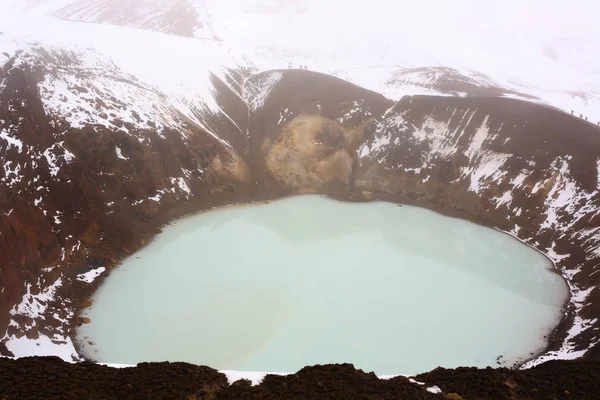
This remote volcanic caldera in the highland interior requires a 4WD vehicle and a challenging hike, but rewards you with one of Iceland’s most unique landscapes. The 3-mile hike to the rim crosses lava fields and ash deserts that feel like walking on Mars.
The massive caldera contains a deep blue lake called Öskjuvatn and a smaller crater with milky blue water called Viti. The scale is mind-bending — the caldera is so large that weather can be completely different on opposite sides, creating dramatic lighting opportunities.
When ancient fire meets modern wanderlust
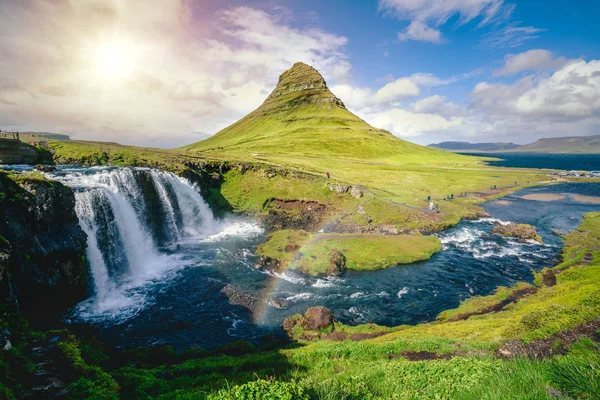
These hiking destinations represent something special about Iceland — a country where geological forces are still actively shaping the landscape you’re walking through. The waterfalls you’re photographing are carving deeper canyons every year, the volcanic areas might surprise everyone with new eruptions, and the glaciers are retreating to reveal landscapes hidden for centuries.
Each photo you take captures not just a beautiful scene, but a moment in the ongoing story of how fire and ice continue to sculpt one of the world’s most dynamic landscapes. Your hiking boots become time machines, taking you to places where you can witness the Earth still creating itself.
These 15 spots remind us that the best views still require a bit of effort, and Iceland rewards those willing to venture beyond the tour bus stops.
More from Travel Pug

- 20 Best Beach Towns in the Carolinas
- 13 Destinations Where Tourists Regularly Regret Their Trip
- 20 Things You Actually Get in First Class
- 20 Small Airports With Aviation Museums
- 20 Places in the U.S. That Are Perfect for a Reset Trip
Like Travel Pug’s content? Follow us on MSN.
